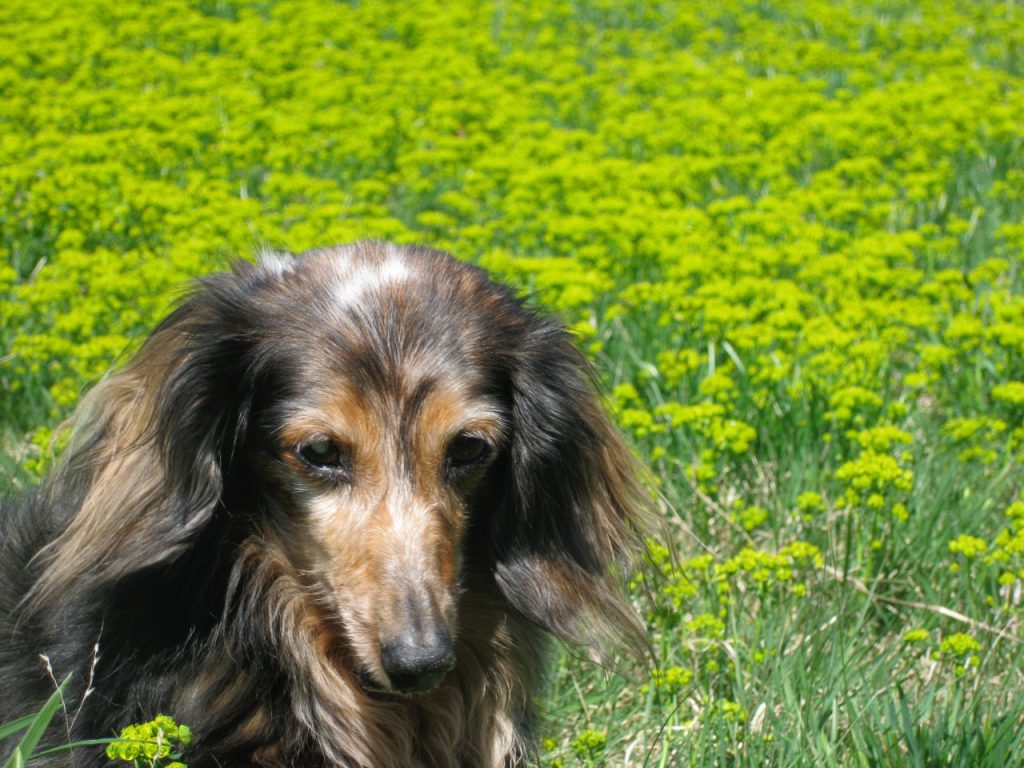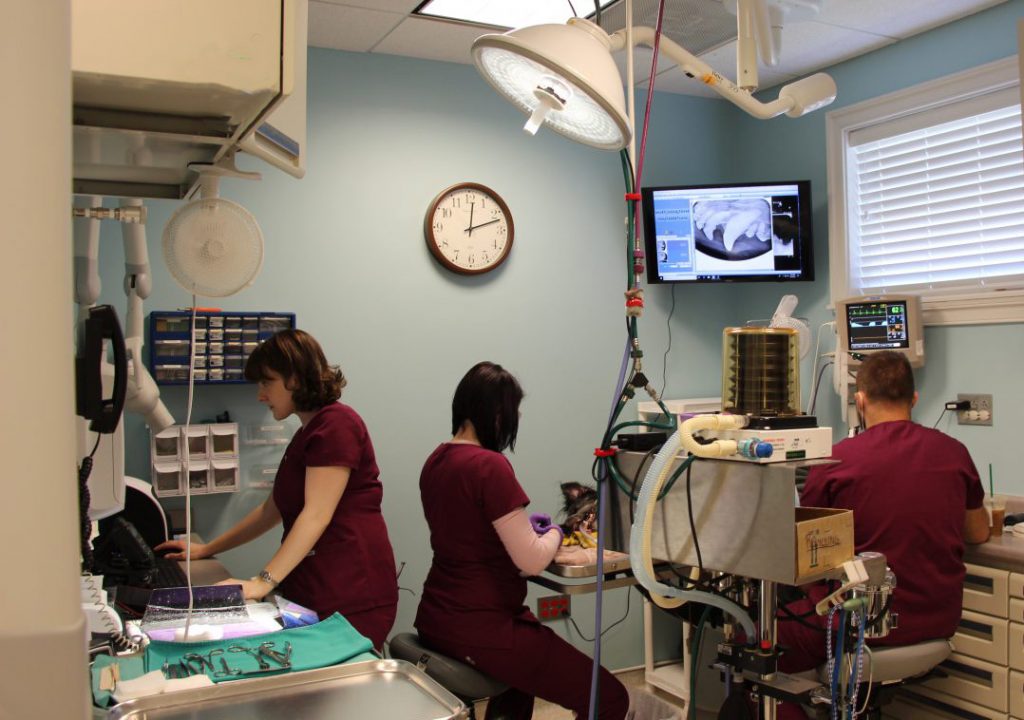Safety of anesthesia:
Many dog and cat owners are extremely concerned when their furry family member has to undergo anesthesia. Of course there are inherent risks of anesthesia, which will be discussed below, but more often than not, the benefits of properly treating dental disease far outweigh the risks of anesthesia.
There are two major things to consider when thinking about anesthetic safety.
- The general health of the patient. Appropriate examinations and tests should be performed prior to an anesthetic episode. Knowing about the general health of the patient allows for proper anesthetic protocols to be determined. For younger, healthier patients, pre-operative testing is often limited to a general physical examination and blood tests (CBC and Chemistry panel). For older patients or those with pre-existing conditions, a urinalysis and thyroid screening might be appropriate as well. Additionally, for geriatric patients or those with heart conditions, an echocardiogram and/or chest x-rays are often required. Performing these tests does not guarantee a successful outcome with anesthesia, but they do allow the practitioner to make the best decisions for the dog or cat and to properly handle any post-operative complications that might arise.
Advanced age does not equate to disease and does not make anesthesia more dangerous.
All animals age differently and should be treated as individuals. We commonly perform anesthesia on geriatric patients (older than 15 years) that are deemed healthy by appropriate pre-operative testing.

- The knowledge, skill, and caring of those individuals monitoring and delivering the anesthesia. This is of utmost importance for anesthetic safety. All patients undergoing anesthesia should have a dedicated person administering the anesthesia and monitoring it at all times.
- Proper monitoring includes all of the below (similar to what would be used in a human hospital):
- Oxygenation status (pulse-ox)
- Carbon dioxide (CO2)
- Ventilation
- Temperature
- EKG
- Blood Pressure
- Proper monitoring includes all of the below (similar to what would be used in a human hospital):
